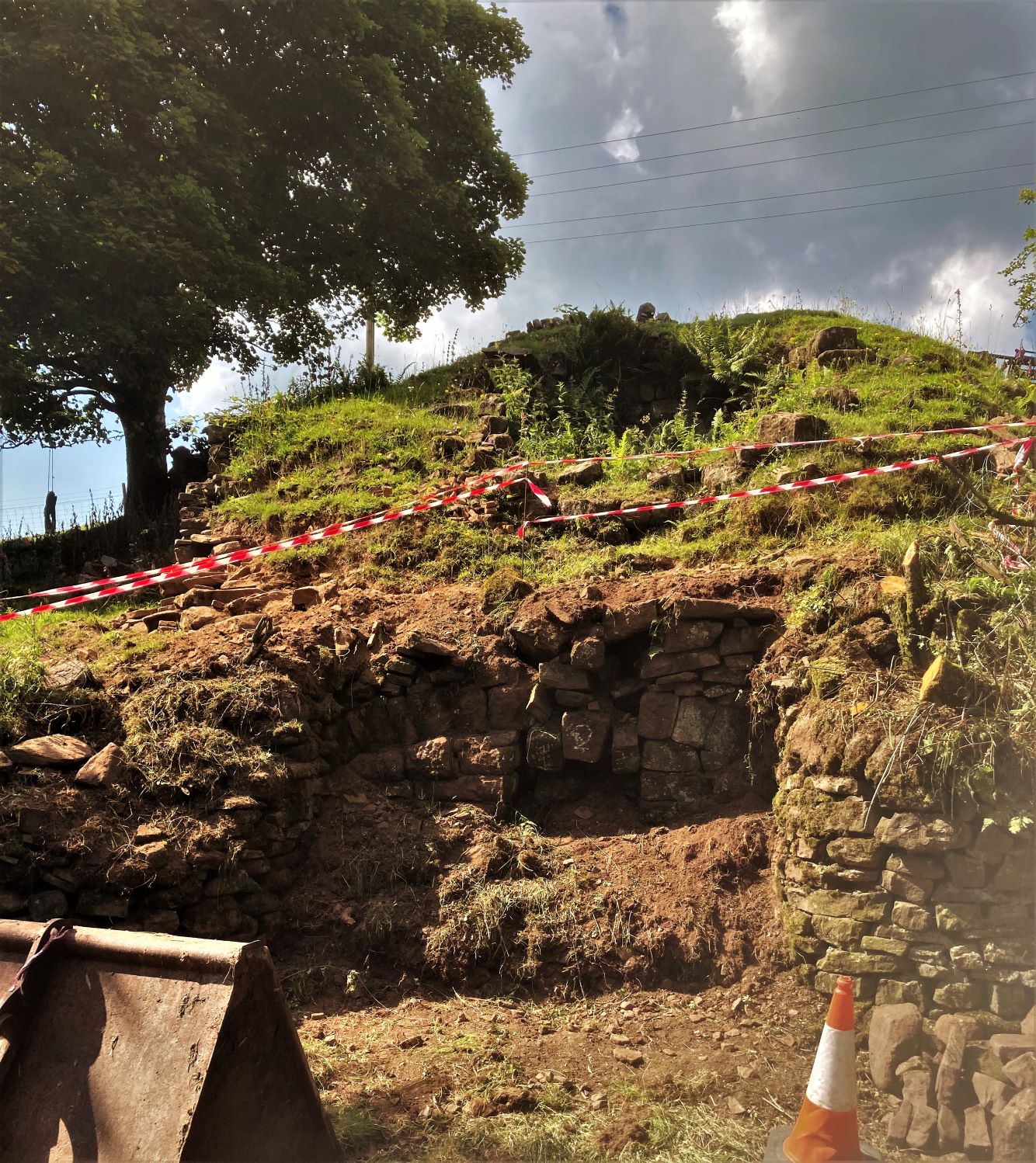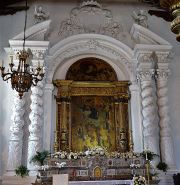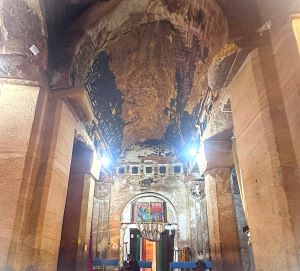Work started today at Gradbach Lime Kiln
The South West Peak Landscape Partnership Scheme (SWPLPS) is delivering a project to record Gradbach limekiln and associated features in its setting, a level 3 archaeological building investigation and recording of the limekiln itself, then subsequent consolidation of the structure to prevent it deteriorating further. M Womersleys are very pleased to help guide the exposure and consolidation work, working closely with volunteers. Funding for this project comes from a grant from the Association for Industrial Archaeology and the National Lottery Heritage Fund
Limekilns are significant heritage assets and can be found across much of the Peak District National Park. Although they are particularly common on the limestone plateau and contribute to the National Character of the White Peak, they are also a feature of the South West Peak landscape, an area mainly made up of sandstones and shales. Here, the kilns were built close to sources of coal fuel rather than limestone.
Whilst lime burning in the South West and White Peak probably had 17th century origins, most of the kilns that survive today were built in the 18th and 19th centuries to produce lime, which was used for agricultural purposes. There are two basic types of limekiln in the National Park; field kilns and commercial or sale kilns. The field kilns were generally used by farmers for burning off the heath vegetation as new fields were enclosed for agriculture, and then for ongoing soil improvement by reducing the acidity of the limestone soils. The limekiln at Gradbach is an example of this type of kiln

Related Articles

On Sunday, March 16th, why not come for a full introduction to lime plastering and a practical demonstration workshop?
Learn more about traditional clay, lime, and ornamental gypsum plasters and their use internationally…

Proposals to carry out a conservation assessment at Wukro Cherkos, with a full training programme for recent graduates from Mekelle University and government bodies responsible for regional conservation work.
Introduction In response to continued concerns about the condition of one of Tigray’s most well…

Report on the support given by M Womersleys to Jabir Mohamed at Berbera Museum, Berbera, Somaliland, over two weeks from the end of October 2024
Contents …